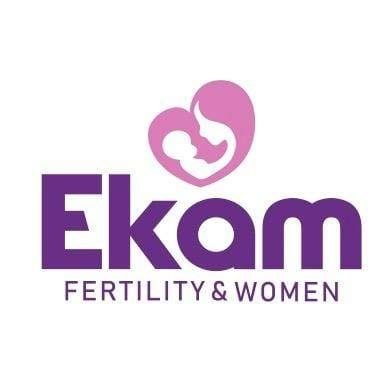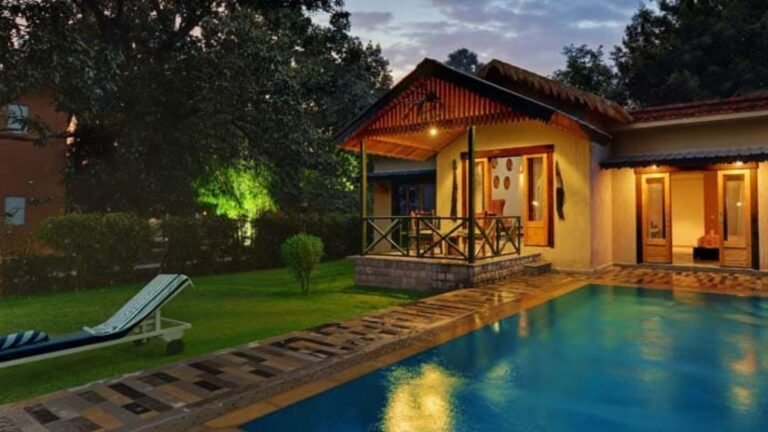When it comes to construction and industrial projects, selecting the right material is essential for durability, safety, and long-term performance. Among the many materials available, 316 stainless steel angle has emerged as a preferred choice for engineers, architects, and manufacturers. Known for its excellent corrosion resistance, strength, and versatility, this material is widely used across a range of industries where reliability is a top priority.
In this blog, we’ll explore the unique properties of 316 stainless steel angle, its advantages, and the top applications that make it indispensable in modern construction and industrial projects.
What is 316 Stainless Steel Angle?
316 stainless steel is an austenitic chromium-nickel alloy that contains molybdenum. The addition of molybdenum enhances its corrosion resistance, particularly against chlorides and other industrial chemicals. This makes 316 stainless steel superior to the widely used 304 grade in environments exposed to harsh conditions.
The 316 stainless steel angle refers to an L-shaped structural component made from this alloy, commonly available in equal and unequal angle sizes. It is widely used in frameworks, supports, reinforcements, and brackets where both strength and resistance to environmental factors are critical.
Key Properties of 316 Stainless Steel Angle
Superior Corrosion Resistance
Excellent resistance against chlorides, seawater, and acidic environments makes it suitable for marine and chemical applications.High Strength and Durability
With impressive tensile strength, 316 stainless steel angle can support heavy loads without deforming.Temperature Resistance
Performs reliably in both high-temperature industrial operations and sub-zero conditions.Non-Magnetic in Annealed Condition
Its non-magnetic property (in annealed form) makes it useful in applications requiring minimal magnetic interference.Ease of Fabrication
Can be cut, welded, and formed easily, allowing for flexible use in construction and industrial designs.
Advantages of Using 316 Stainless Steel Angle
Longevity – Materials made from 316 stainless steel angle last for decades, reducing replacement costs.
Low Maintenance – Its resistance to rust and corrosion minimizes upkeep.
Aesthetic Appeal – Offers a clean, modern look, making it ideal for architectural projects.
Versatility – Equally effective in structural frameworks and decorative elements.
Sustainability – 316 stainless steel is recyclable, supporting eco-friendly construction practices.
Top Applications in Construction
Structural Frameworks
In construction, 316 stainless steel angle is widely used as a support framework in buildings, bridges, and towers. Its ability to bear heavy loads while resisting corrosion ensures long-term structural stability.Architectural Designs
Architects prefer it for both functional and aesthetic purposes. It is commonly used in facades, trims, and decorative installations where both strength and visual appeal are required.Reinforcements and Brackets
From staircases and handrails to reinforcement joints, 316 stainless steel angle ensures stability in both commercial and residential projects.Marine Construction
In coastal and offshore environments, where other materials corrode quickly, 316 stainless steel angle is ideal for piers, docks, and shipbuilding structures.
Top Applications in Industry
Chemical Processing Plants
316 stainless steel angle is resistant to corrosive chemicals, making it vital in chemical processing equipment, storage tanks, and pipelines.Food and Beverage Industry
Its non-reactive nature and hygienic properties make it safe for use in food processing plants, breweries, and dairy industries.Pharmaceutical Industry
Used in sterile environments for equipment frames, supports, and cleanroom structures, where hygiene and corrosion resistance are critical.Oil and Gas Industry
Suitable for offshore drilling rigs, refineries, and pipelines that operate in harsh environments.Power Plants
With its ability to withstand high temperatures and pressures, it is often used in boilers, heat exchangers, and turbine systems.
Why Choose 316 Stainless Steel Angle Over Other Materials?
Outperforms carbon steel and 304 stainless steel in environments with high chloride exposure.
Provides better longevity and reduces lifecycle costs compared to coated or galvanized steel.
Offers both structural reliability and visual appeal in modern projects.
Role of Trusted Suppliers
To maximize performance, sourcing from reliable suppliers is crucial. High-quality 316 stainless steel angle from trusted manufacturers ensures:
Compliance with international standards (ASTM, ASME, EN).
Precision in dimensions and finishes.
Availability of both equal and unequal angle sizes.
Technical support for industry-specific applications.
Conclusion
The 316 stainless steel angle has proven to be one of the most reliable and versatile materials in both construction and industrial applications. Its unique combination of strength, durability, and corrosion resistance makes it suitable for everything from skyscrapers and marine docks to chemical plants and food processing facilities.
By choosing this alloy, engineers and project managers not only ensure long-term structural integrity but also benefit from reduced maintenance costs and enhanced performance in challenging environments. For industries that demand reliability, 316 stainless steel angle is truly a material of choice.














































































































































































































































































































































































































































































































































































































































































































































































